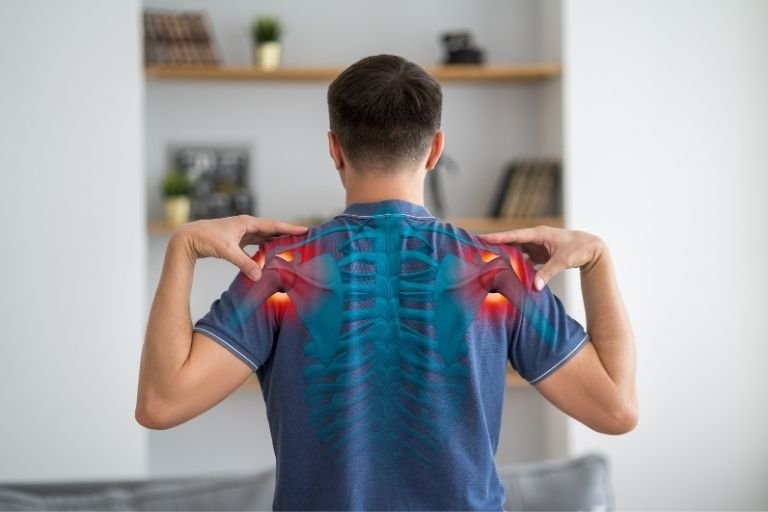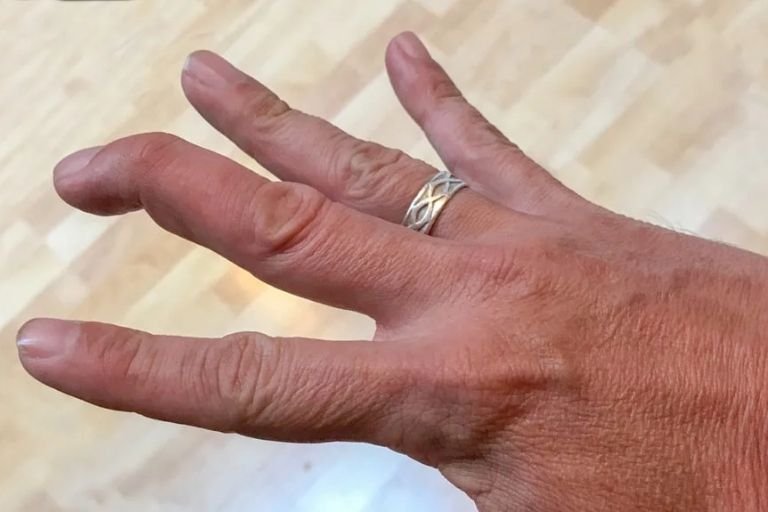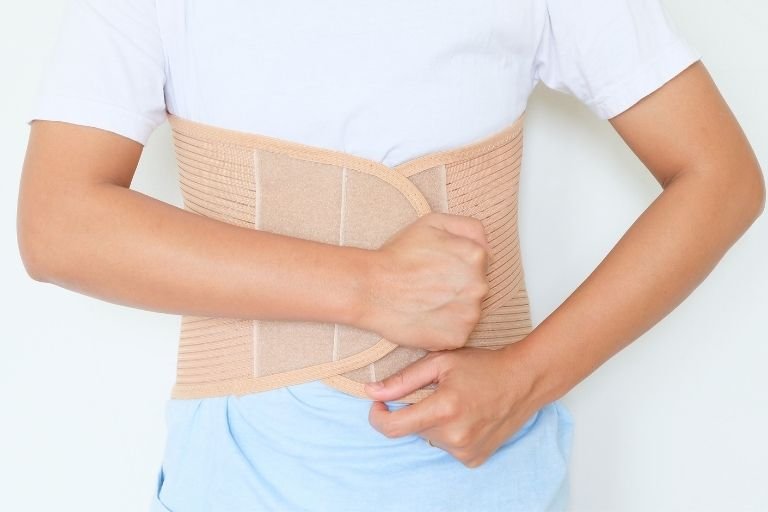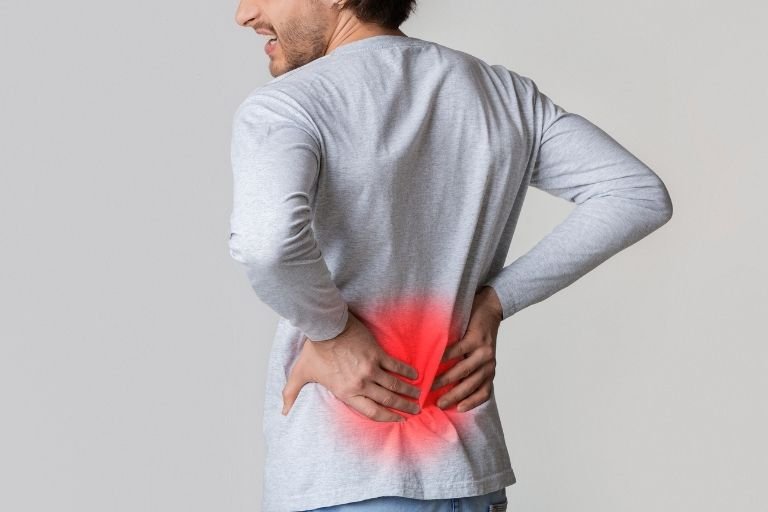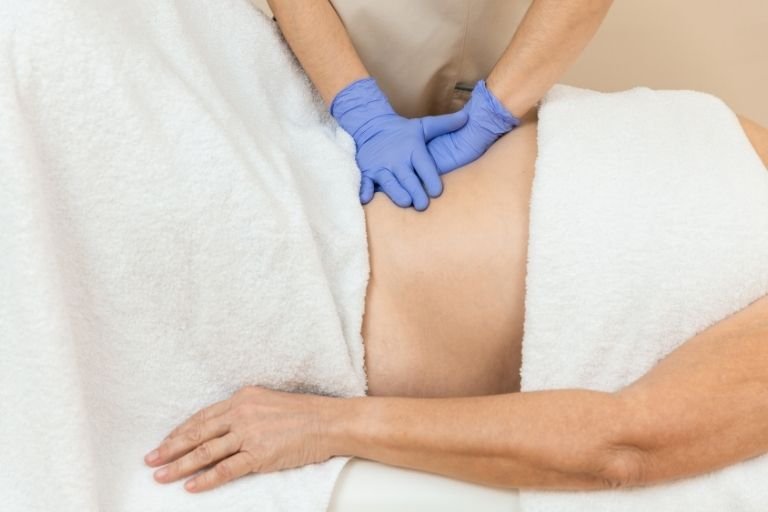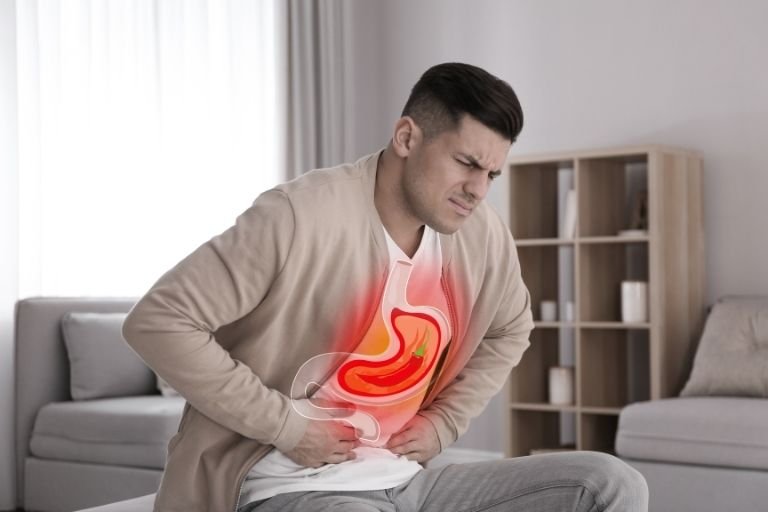- Fitwell Physiotherapy
Spinal Stenosis

Spinal stenosis is a condition characterized by the narrowing of the spinal canal, which can lead to pressure on the spinal cord and nerves. This narrowing often results in pain, numbness, and weakness, particularly in the back and legs. Spinal stenosis commonly affects the cervical (neck) and lumbar (lower back) regions of the spine.
Please submit your details below.
Symptoms
The symptoms of spinal stenosis can vary depending on the location and severity of the narrowing. Common symptoms include:
- Pain: Persistent back or neck pain, which may radiate to the arms or legs.
- Numbness and Tingling: A sensation of pins and needles, especially in the extremities.
- Weakness: Weakness in the arms or legs, which can affect mobility and dexterity.
- Balance Problems: Difficulty maintaining balance while walking.
- Bladder or Bowel Dysfunction: In severe cases, spinal stenosis can lead to loss of bladder or bowel control.
Causes
Spinal stenosis can be caused by several factors, including:
- Degenerative Changes: Age-related wear and tear on the spine, leading to conditions like osteoarthritis.
- Herniated Discs: Discs that protrude into the spinal canal and press on the nerves.
- Thickened Ligaments: Ligaments in the spine can thicken over time and encroach on the spinal canal.
- Bone Spurs: Overgrowth of bone can lead to a narrowing of the spinal canal.
- Spinal Injuries: Trauma to the spine can cause displacement of bone or tissue.
- Congenital Spinal Stenosis: Some individuals are born with a narrow spinal canal.
When to See a Physiotherapist
Consult a physiotherapist if you experience:
- Chronic Pain: Persistent back or neck pain that does not improve with rest or over-the-counter medications.
- Decreased Mobility: Difficulty performing daily activities due to pain or weakness.
- Neurological Symptoms: Numbness, tingling, or weakness in the arms or legs.
- Balance Issues: Difficulty walking or maintaining balance.
Risks
Several factors increase the risk of developing spinal stenosis:
- Age: Most common in individuals over the age of 50.
- Genetics: A family history of spinal stenosis or other spine conditions.
- Occupational Hazards: Jobs that involve heavy lifting, twisting, or extended periods of standing or sitting.
- Lifestyle Factors: Lack of physical activity and obesity can contribute to the development of spinal stenosis.
Prevention
While not all cases of spinal stenosis can be prevented, certain measures can reduce the risk:
- Exercise Regularly: Engage in activities that strengthen the muscles supporting the spine, such as walking, swimming, or yoga.
- Maintain a Healthy Weight: Reducing stress on the spine by maintaining a healthy weight.
- Good Posture: Practice good posture while sitting, standing, and lifting to prevent excessive strain on the spine.
- Ergonomic Workspaces: Use ergonomic furniture and equipment to support proper spine alignment.
Treatments
Treatment options for spinal stenosis range from conservative to surgical, depending on the severity of the condition:
- Physical Therapy: Exercises and stretches to improve flexibility, strength, and balance.
- Medications: Pain relievers, anti-inflammatory drugs, and muscle relaxants to manage symptoms.
- Steroid Injections: Corticosteroid injections to reduce inflammation and pain.
- Assistive Devices: Braces or canes to aid mobility and relieve pressure on the spine.
- Surgery: In severe cases, procedures such as laminectomy, laminotomy, or spinal fusion may be necessary to relieve pressure on the spinal cord and nerves.
Conclusion
Spinal stenosis is a common condition that can significantly impact an individual’s quality of life. Recognizing the symptoms early and seeking appropriate treatment, including physiotherapy, can help manage the condition effectively. Preventative measures such as regular exercise, maintaining a healthy weight, and practicing good posture can also reduce the risk of developing spinal stenosis. If you experience symptoms, consult a healthcare professional for a proper diagnosis and tailored treatment plan.
Frequently Asked Questions
Related Conditions
How Fitwell Physiotherapy Can Help?
Dr. Richa’s Fitwell physiotherapy has an extensive team of physiotherapists all within their own specialist areas of physiotherapy. Whatever your condition, we guarantee that we will have the best physiotherapist for you. We assess, diagnose, plan, cure and care for you.
Fitwell Physiotherapy Clinic, Pune provides you best physiotherapy treatment in Kharadi, pune. We also serve Chandan Nagar, Vadgaon Sheri, Keshav Nagar, Wagholi & nearby Areas in Pune. We are experts in treating Neck Pain, Hand Pain, Back Pain, Lower Back Pain, Knee Pain, Stiff Neck, Sciatica, Arthritis, Stroke Paralysis & Post Surgical Rehab.
We provide Specialized physiotherapy treatments in Sports Injuries, Pre and post Surgery, Neurologic, Pediatric, Chronic Pain/Fatigue, Rheumatology, Women’s Health, Men’s Health, Ergonomics, Vestibular, Amputees & all sort of Pain treatment and lifestyle conditions.






















